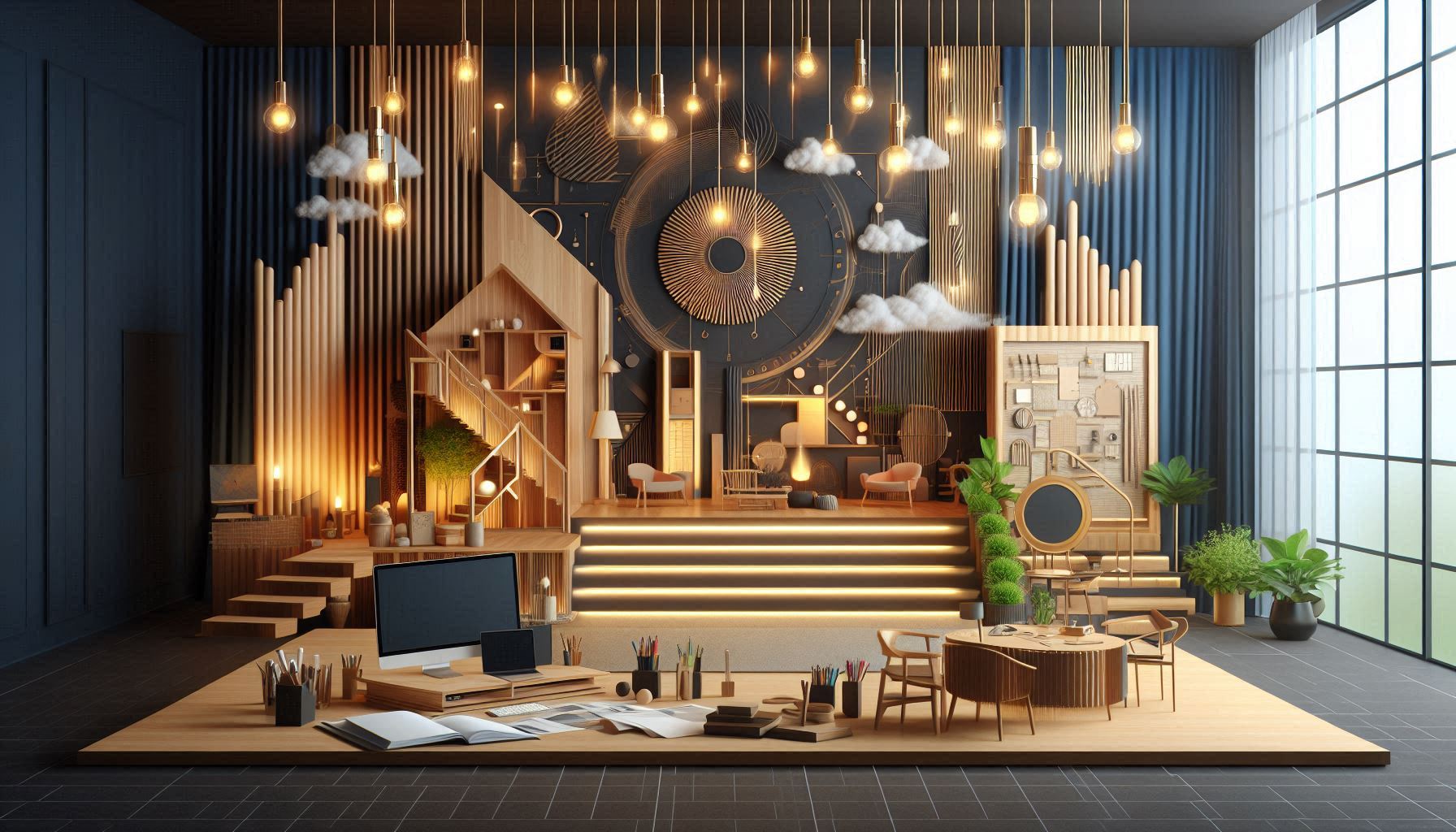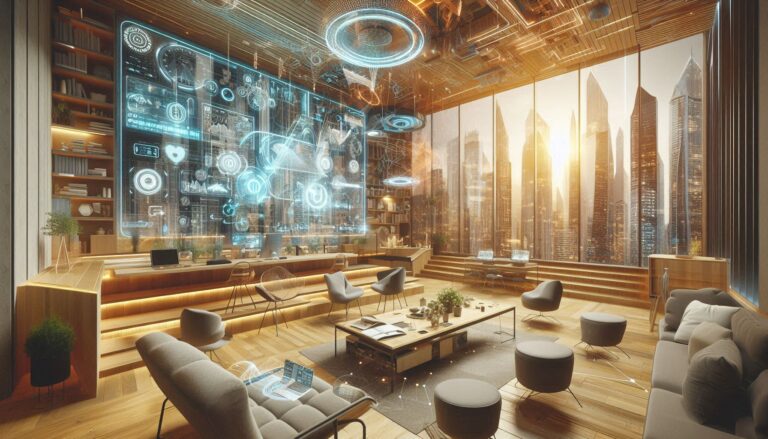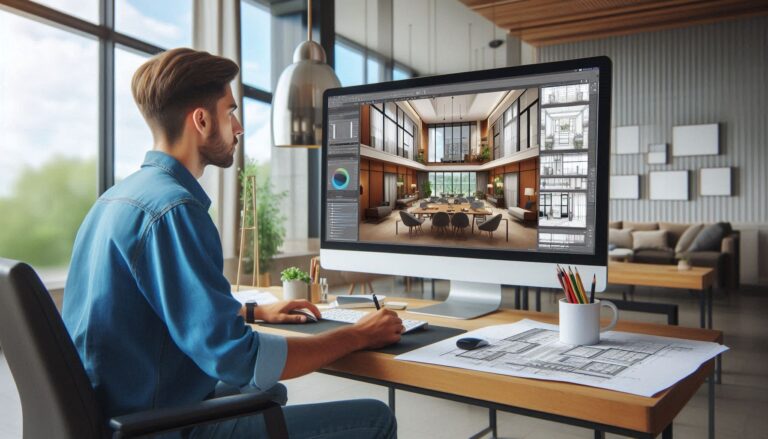Set Design & Stage Design: An Exciting Career for Architects

Set design and stage design are often overlooked career paths for architects, but they offer a creative and dynamic outlet for architectural skills. These fields combine artistry with functionality, creating immersive environments for theater, film, and live performances. Here’s a look at how architects can transition into set and stage design:
1. The Intersection of Architecture and Performance
Set design and stage design involve creating spaces that enhance the narrative of a performance. Architects are well-suited for this role because they possess the skills to conceptualize large-scale structures, understand spatial relationships, and create environments that support functional requirements. These design spaces can range from theatrical stages to film sets, each requiring an innovative approach to space utilization, aesthetics, and storytelling.
2. Crafting Atmospheres for Immersive Experiences
Stage and set designers craft environments that communicate a story without words, often creating worlds that transport audiences to different places and times. Architects, with their understanding of spatial design and mood-setting elements, excel at creating immersive, functional environments for performances. Whether it’s designing a minimalist set for a modern play or a detailed historical replica for a period film, architects bring a unique perspective to set design.
3. Practical Design and Technical Knowledge
In addition to creativity, set design and stage design require technical knowledge, including an understanding of lighting, materials, and construction techniques. Architects are trained to manage the technical aspects of a project, ensuring that designs are structurally sound and safe for performers. This practical skillset makes them highly valuable in the world of set design, where both functionality and artistic expression are essential.
4. Collaborative Work with Directors and Production Teams
Set and stage designers work closely with directors, producers, and other creatives to realize the vision of a performance. Architects entering this field will collaborate in a highly interdisciplinary environment, where understanding the director’s vision and translating it into a tangible design is key. Communication and adaptability are crucial to creating designs that meet both artistic and practical needs.
5. Career Opportunities in Set and Stage Design
While set and stage design are often seen as specialized fields, they offer rich career opportunities in theater, film, television, and live performances. Architects with a passion for the arts can find fulfilling roles in design studios, production companies, or freelance work. The skills gained in architectural education, such as 3D modeling, conceptualization, and spatial planning, are directly transferable to set design and can lead to a successful career in the entertainment industry.
Conclusion
Set and stage design offer architects an exciting career path where their creativity and technical skills can shine in a dynamic, artistic environment. With opportunities in theater, film, and live performances, architects have a unique role to play in shaping the worlds of entertainment.






